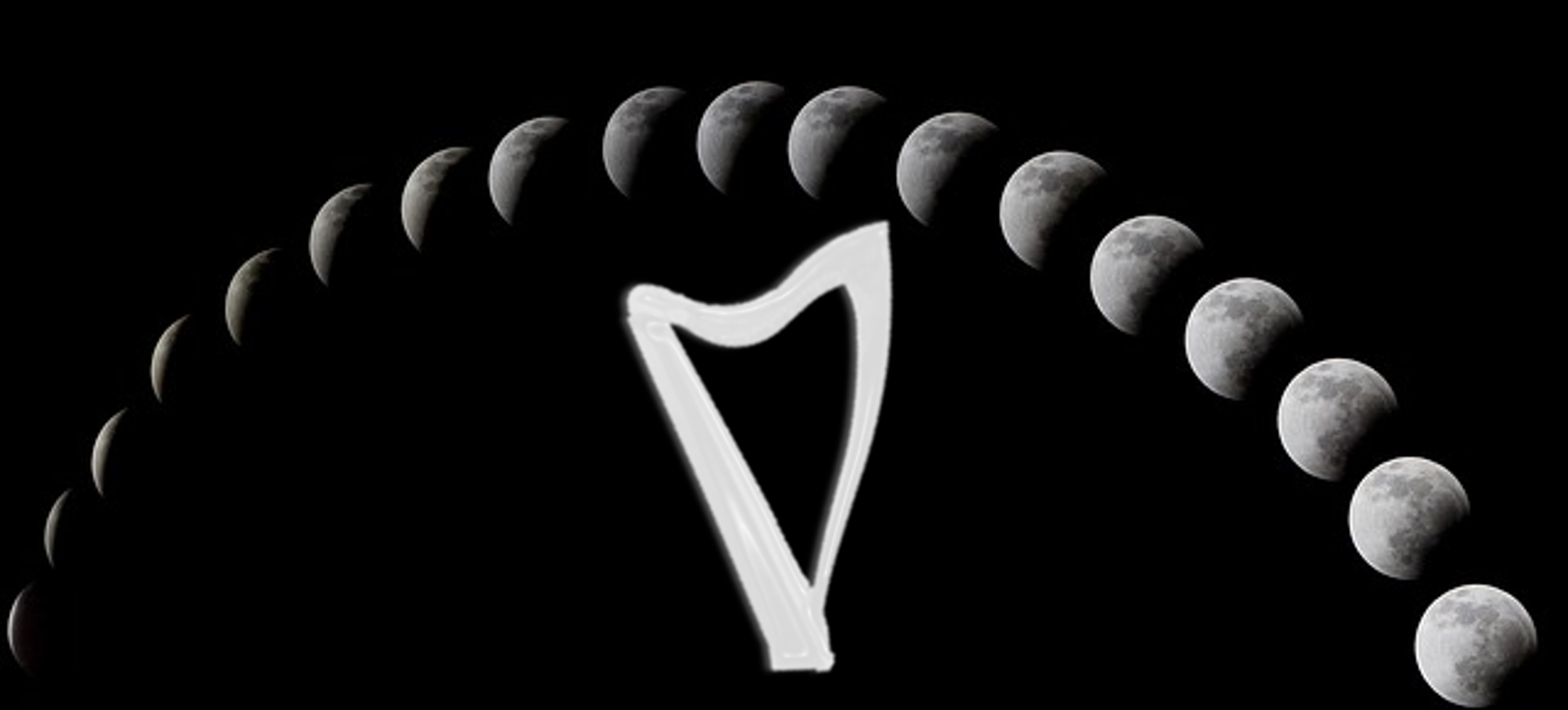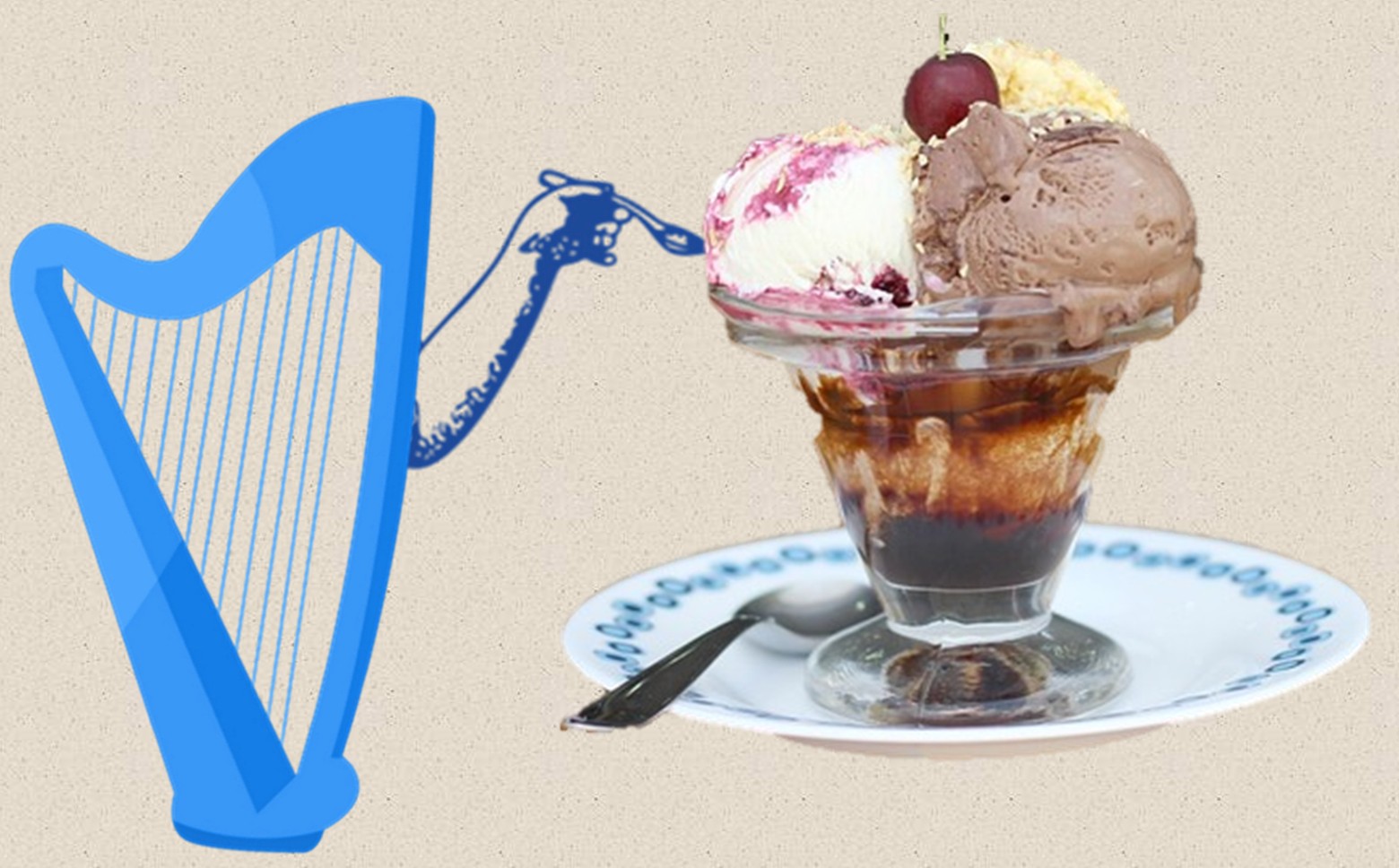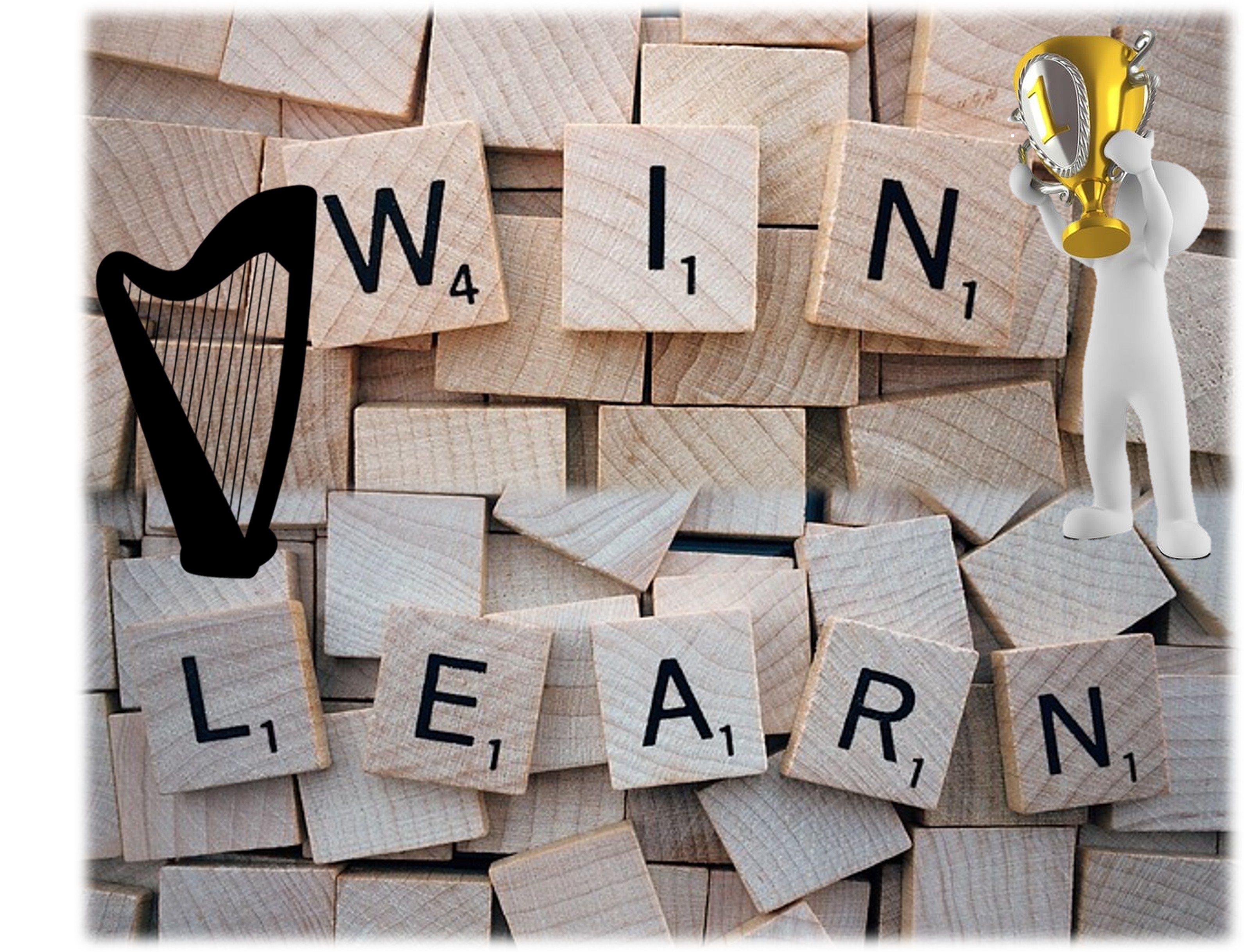There are so many connections between seemingly disparate things – activities, ideas, technicalities. This concept of making appropriate estimates of ourselves resonated with me.
I was reading Arnold Schwartzenegger’s email today, and he had some good points that will directly align with our harp playing. He points out that we (humans) typically overestimate ourselves at a micro level but underestimate the quality of outcome at a macro level. What could be more true with respect to our practice?!

What does overestimating the small look like? How about expecting ourselves to be able to flawlessly sight read a brand-new piece of music on the first try? Or thinking that we will thoroughly learn a new tune in a single practice session? Or expecting a short number of repetitions will result in flawless performance?
These are all clear overestimations. We would never suggest to someone else that any of the above will result in the perfection we crave. So why do we make such overestimations of our own practice?
But equally, we discount how much we can accomplish with steady, consistent practice. A little time every day will result in more learning and accomplishment because it starts small (and manageably) and builds overtime. If we apply a structure over time, we will learn more tunes and be able to play them more successfully.
In other words, 20 minutes of practice every day will result in more growth than 3 hours of practice the day before your lesson. Other things we have talked about before also make it work better to – keeping track of what you get each day, deciding (specifically) what to work on that will help you make meaningful progress in both the short and long term.
But you also get more by small and consistent – you will also be more confident of your learning and playing. Because you haven’t crammed your grasp of the music will not be tenuous!
So, if you find yourself thinking that you’re never going to learn the music, stop underestimating yourself. Acknowledge you will learn – a little bit every day. You won’t master the tune in a week. But you can gain a little mastery each day, stacking your gains – no matter how small,
Don’t lose sight of the fact that you will want to overestimate the small gains but also that you’ll underestimate what you can build with consistent practice over the month, the season, the year, and over the years.
Doubt me? Pull out your Christmas music and prove the point to yourself. This is music you have practiced (somewhat) consistently on a long-term basis with “cram practice” (November?) but also long-term practice (how long have you been playing those tunes?)
Stick with it. Put in the time – but in small bites.
Because, as Arnold says, “when you stop underestimating yourself, you start becoming unstoppable.”
What can you achieve if you take it in small, consistent bites? Let me know in the comments!








